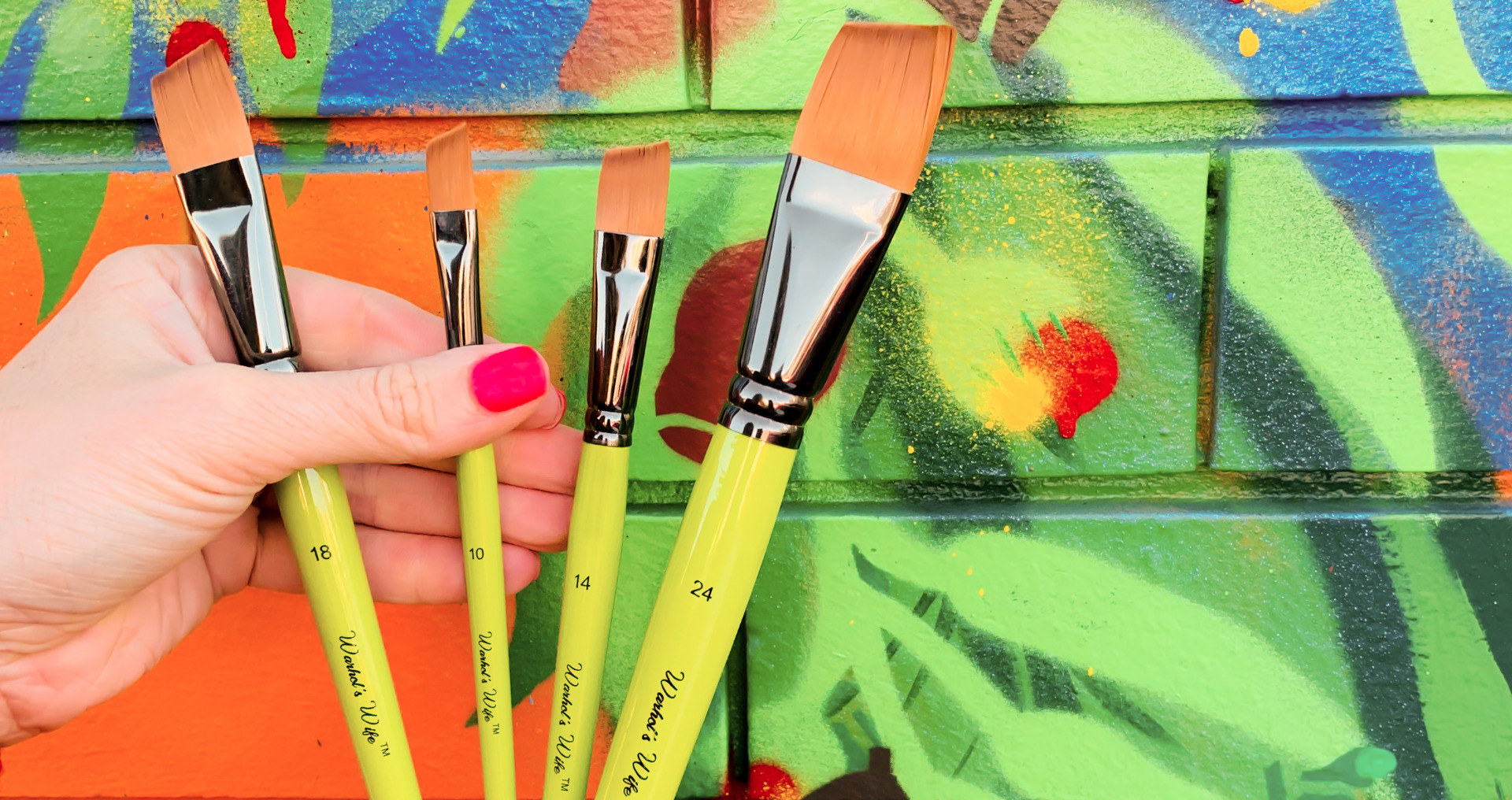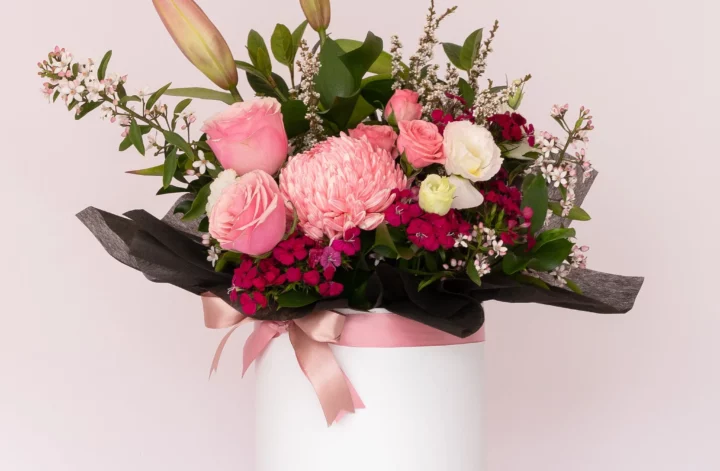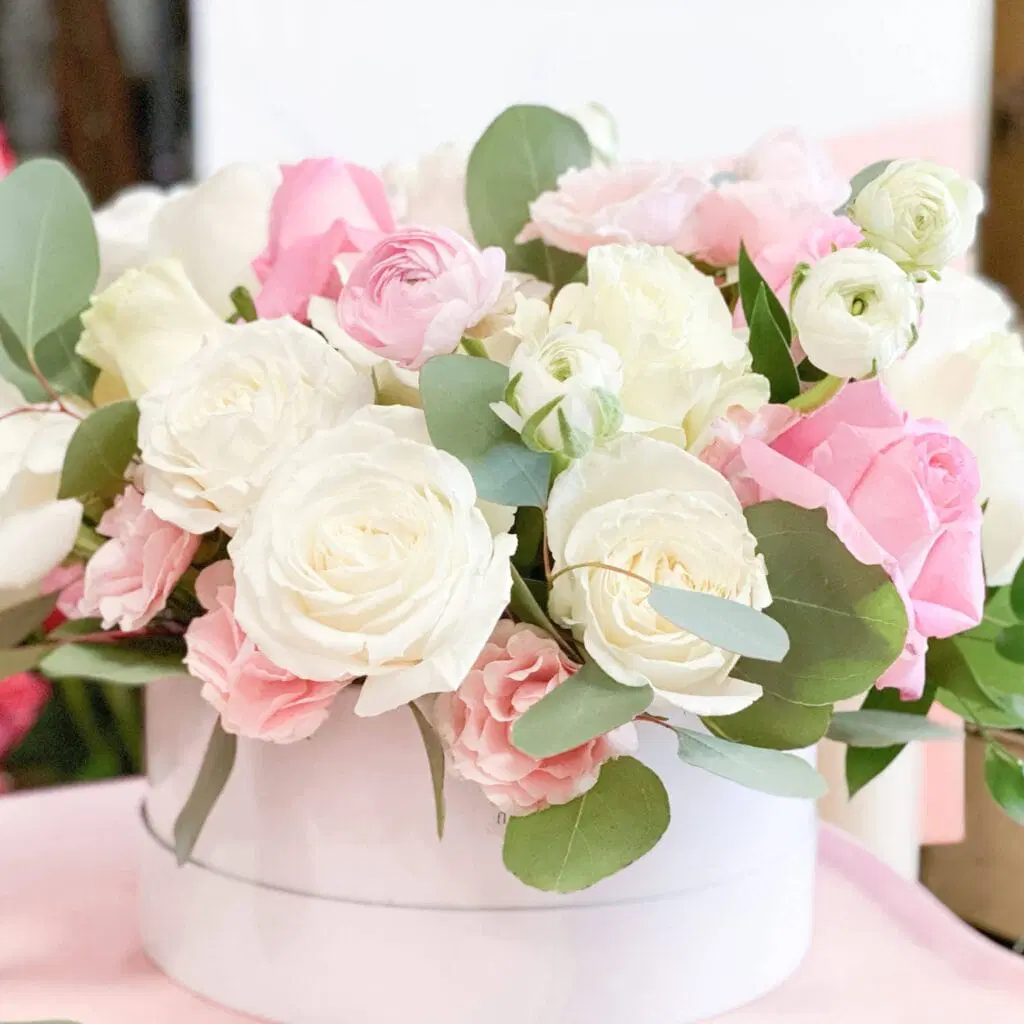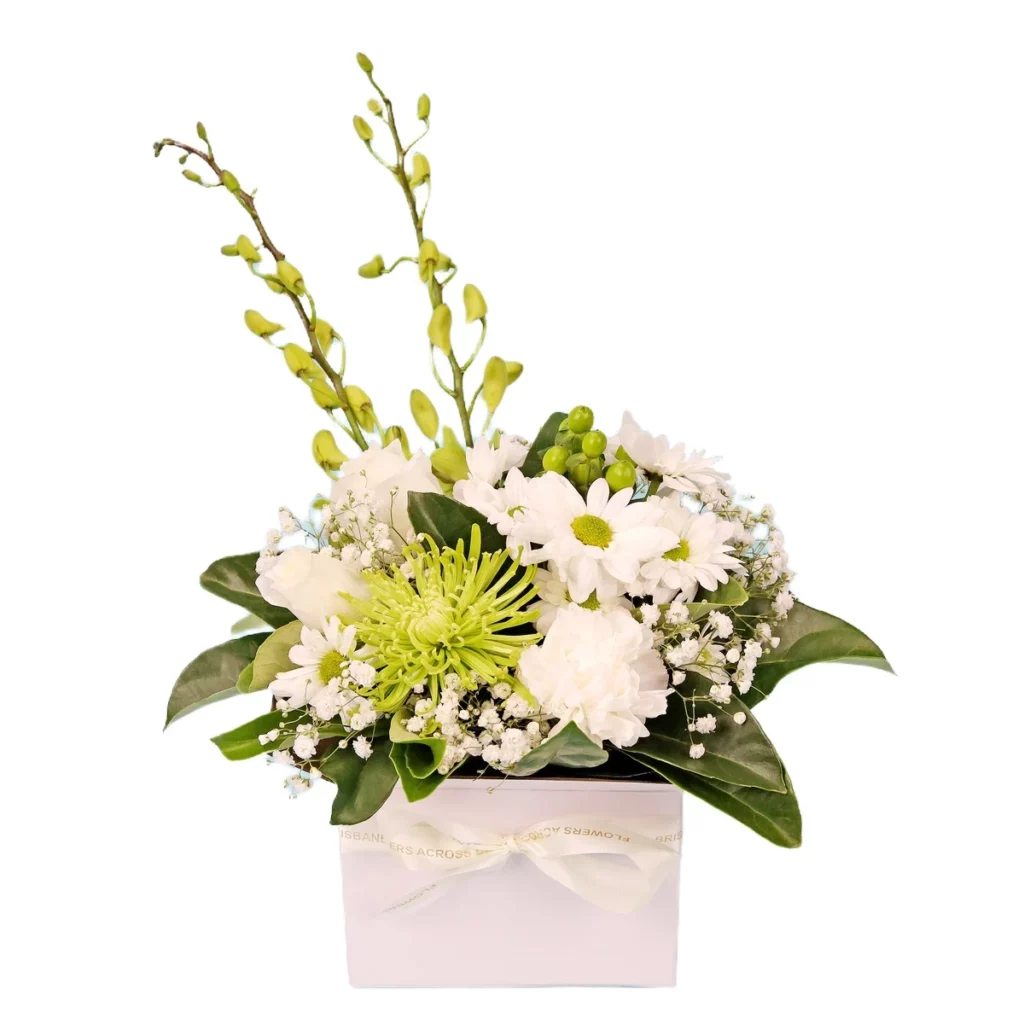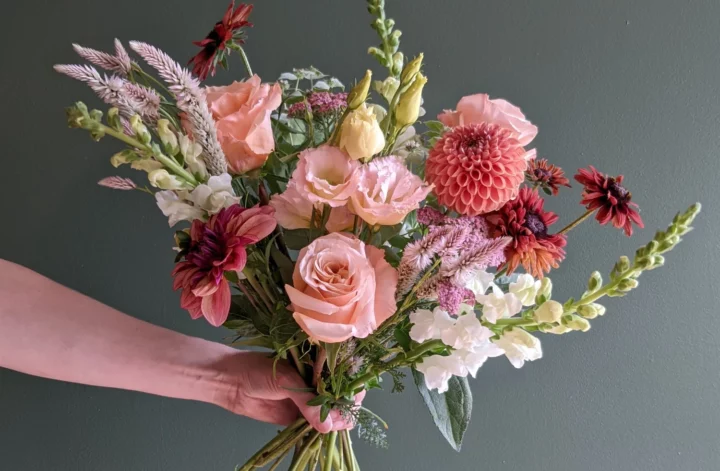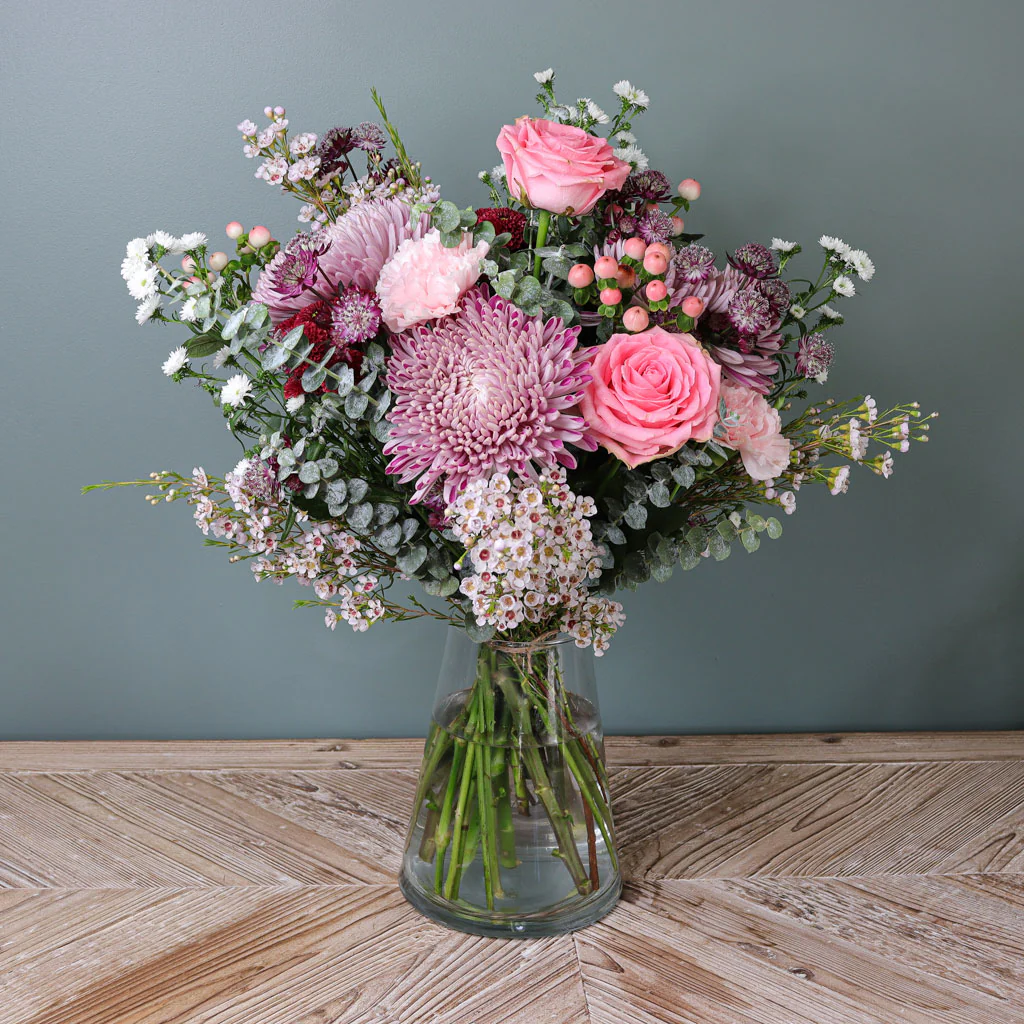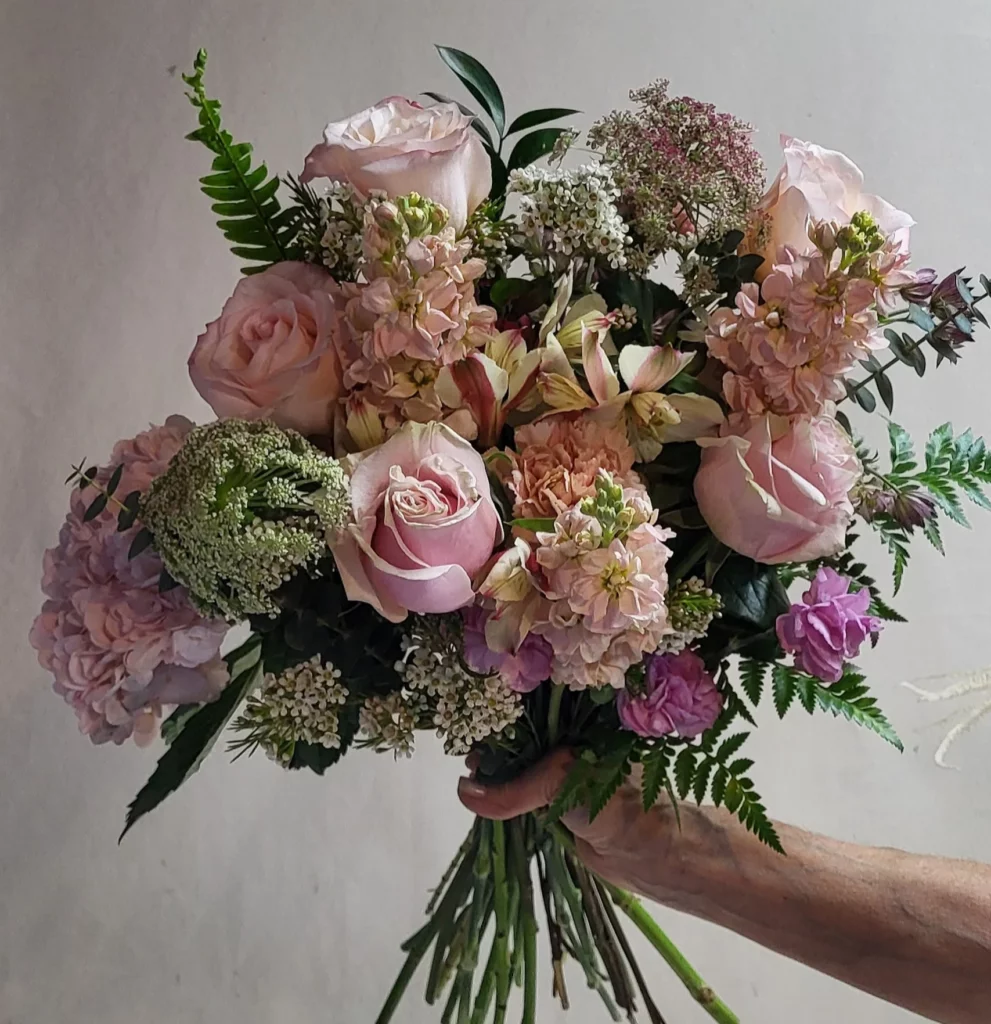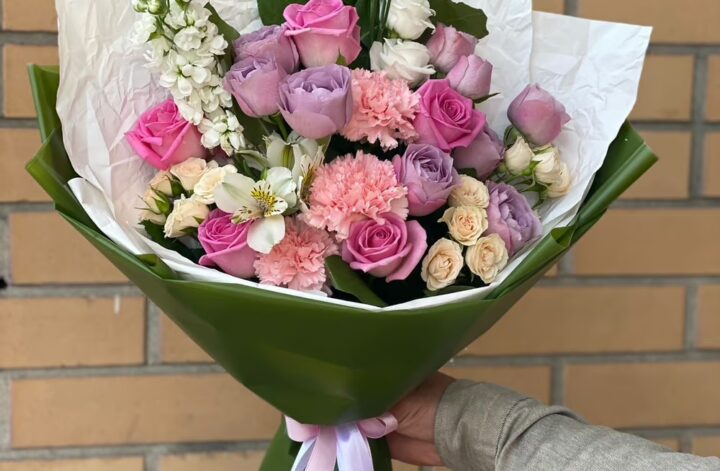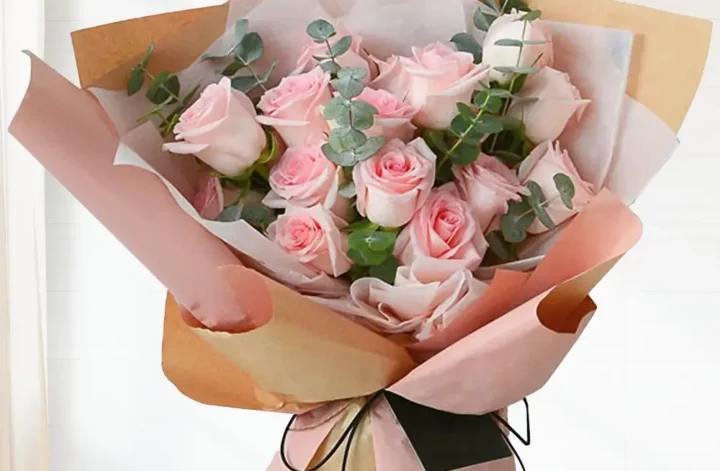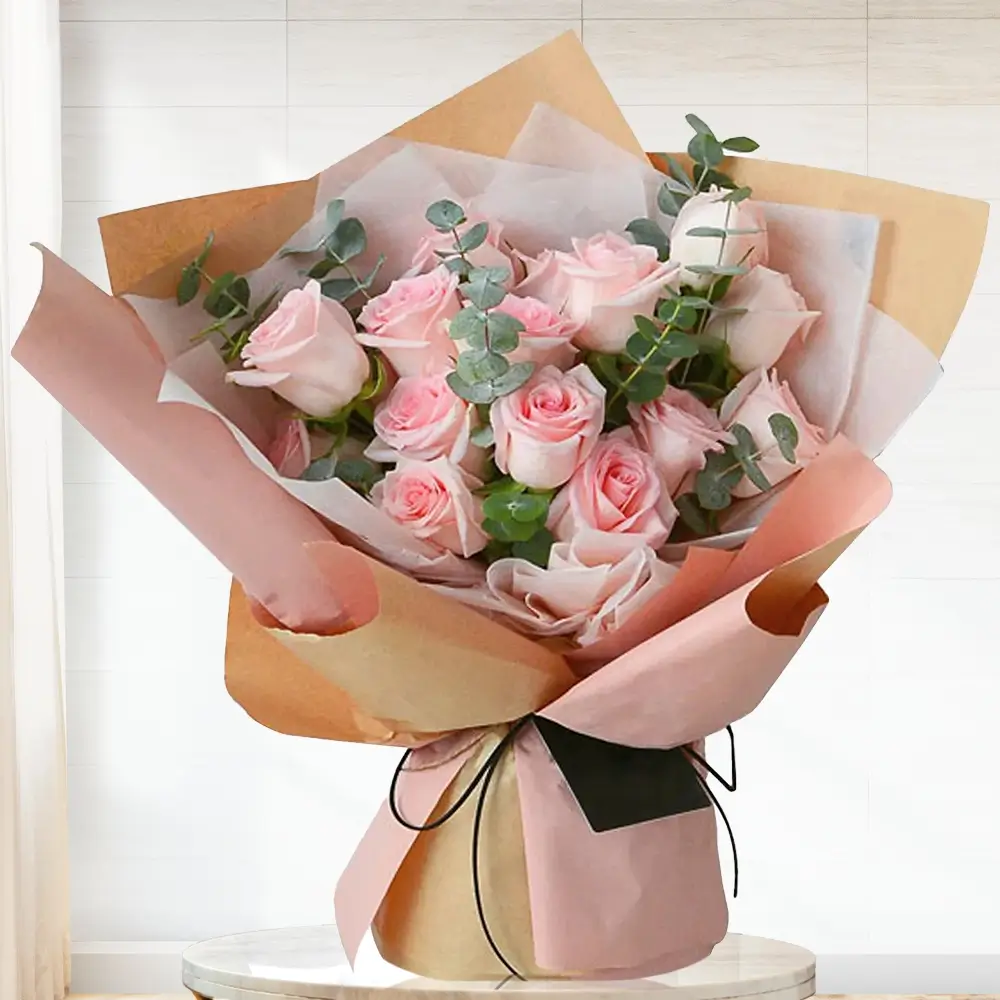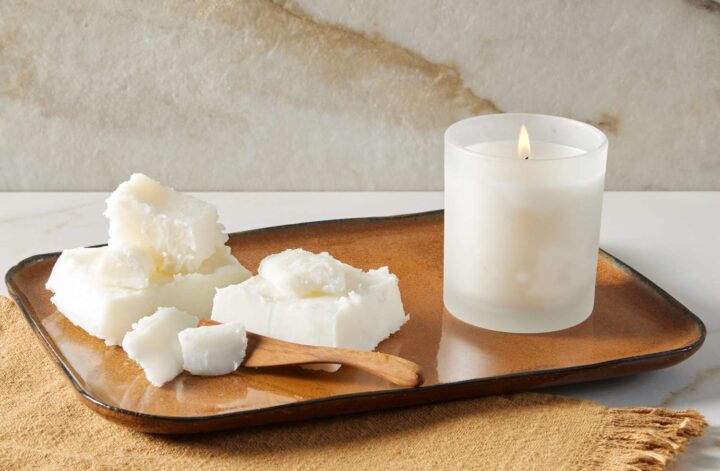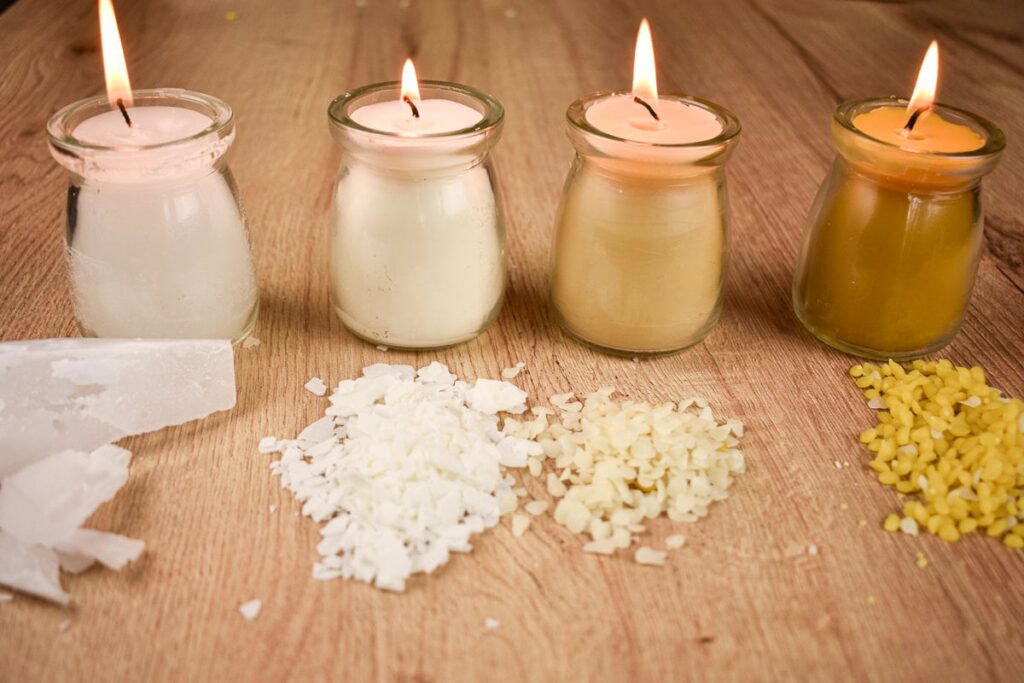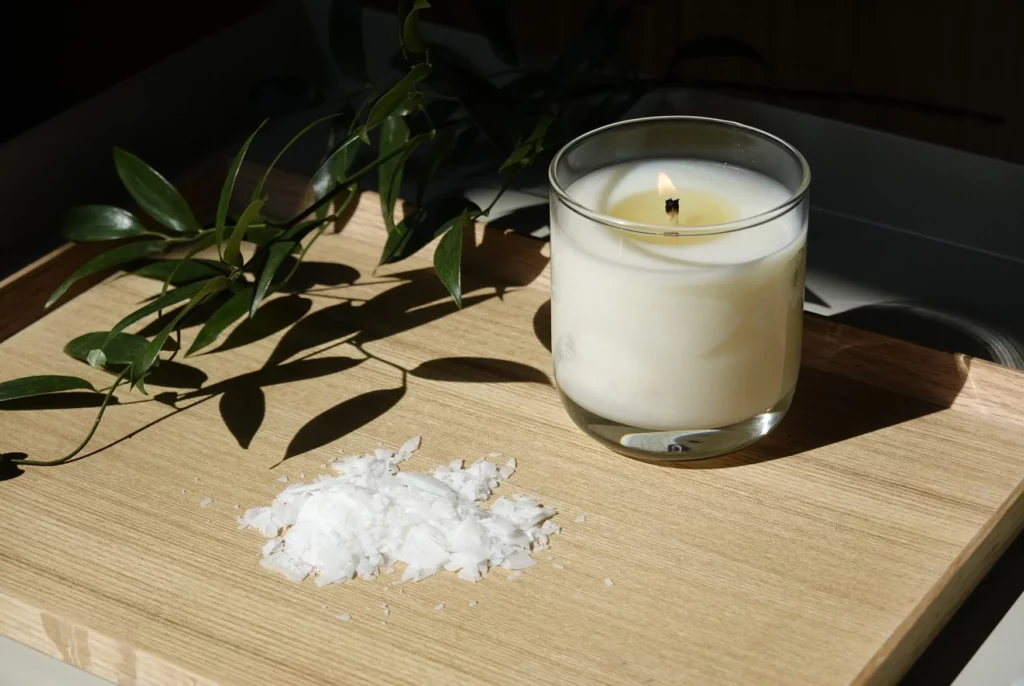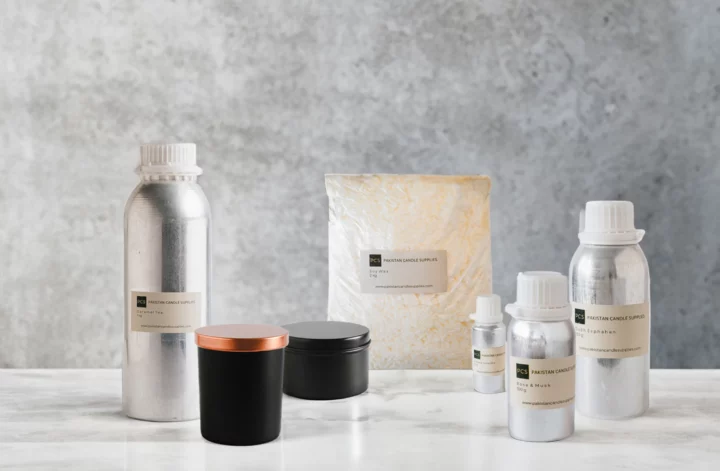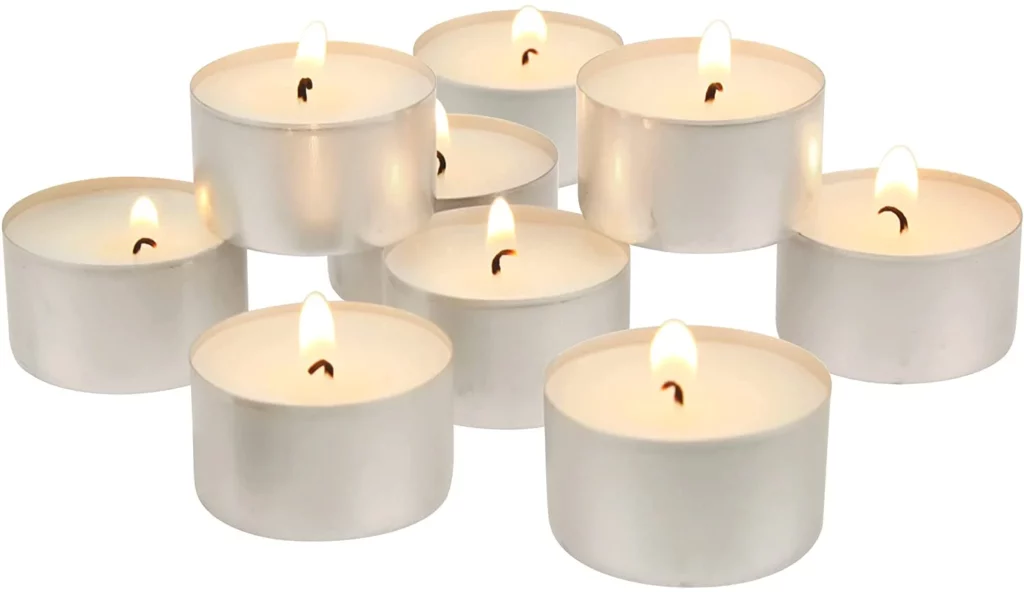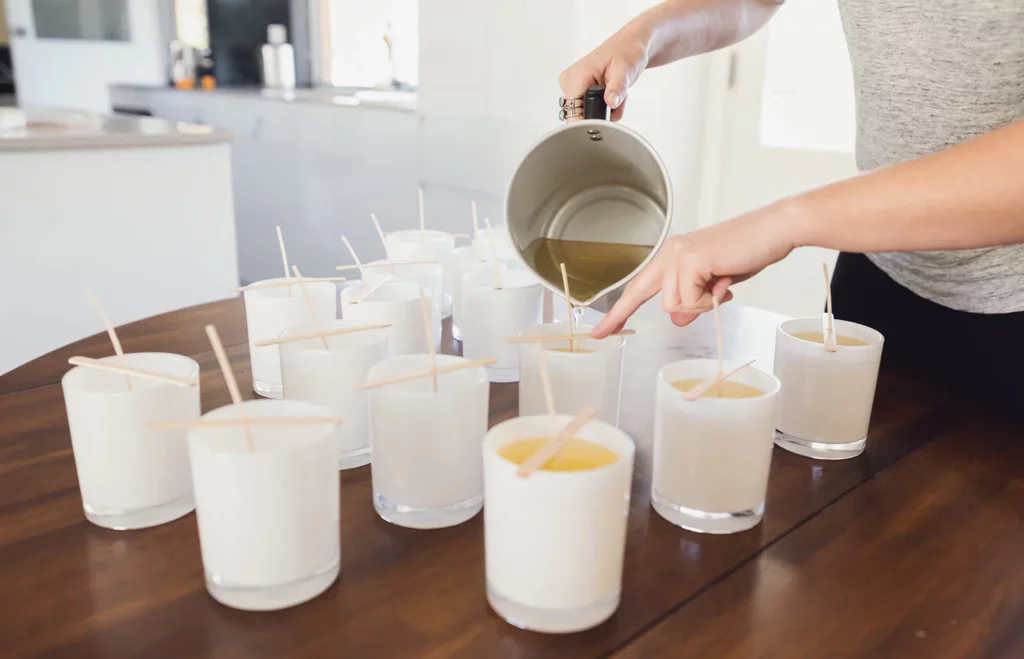Nestled along Sydney’s iconic coastline, Bondi has emerged as a thriving hub for tattoo artistry, where the rhythmic waves and coastal lifestyle inspire unique body art creations. The area’s vibrant tattoo culture draws both locals and tourists seeking distinctive designs that capture the essence of beach life.
The fusion of coastal elements with contemporary tattoo styles has created a signature aesthetic unique to Bondi’s tattoo scene. Artists translate the area’s natural beauty into stunning body art – from delicate wave patterns to intricate marine life illustrations.
Three standout studios have made their mark in this beachside tattoo paradise:
- Kaleidoscope Tattoo Studio – masters of diverse styles
- Bondi Ink Tattoo Shop – specialists in coastal-inspired designs
- Valhalla Tattoo Studio – experts in traditional and contemporary art
Each studio brings its own artistic interpretation to Bondi’s tattoo landscape, offering exceptional craftsmanship and innovative designs that reflect the area’s coastal charm. These shops have built their reputations on creating meaningful pieces that resonate with the beach lifestyle and artistic spirit of Bondi.
1. Kaleidoscope Tattoo Studio
Located at 255 Bondi Road, Kaleidoscope Tattoo Studio is a leading tattoo studio in Sydney known for its exceptional artistry and dedication to customer satisfaction.
Artistic Atmosphere
As soon as you walk into the studio, you’ll be greeted by a bright and welcoming environment. The interior design is sleek and contemporary, with large windows that let in plenty of natural light. The walls are adorned with impressive artwork created by the talented team, showcasing their diverse styles and skills.
Tailored Designs
At Kaleidoscope, every tattoo is a work of art created specifically for the client. The skilled artists understand that each individual has their own story to tell, which is why they offer personalised consultations to discuss ideas and concepts. Whether you have a specific design in mind or need assistance in developing one, the team will work closely with you to bring your vision to life.
Skilled Artists
The studio boasts a team of highly skilled artists who specialise in various tattoo styles. From traditional Japanese designs to intricate geometric patterns, each artist brings their own unique flair and expertise to every piece they create. This diversity allows clients to choose an artist whose style resonates with them, ensuring a truly customised experience.
Commitment to Hygiene
Kaleidoscope prioritises the health and safety of its clients above all else. The studio adheres to strict hygiene protocols, using only medical-grade sterilisation equipment and single-use materials. This commitment to cleanliness has earned them recognition from health authorities and trust from clients.
Convenient Accessibility
Whether you’re a local resident or visiting Bondi Beach, getting to Kaleidoscope is easy. The studio is just a short 2-minute walk from the bus stops on Bondi Road, making it convenient for those relying on public transport. If you prefer driving, street parking options are available nearby. Additionally, the entrance is wheelchair accessible, ensuring that everyone can enjoy the services offered at this inclusive studio.
Flexible Booking Options
Kaleidoscope understands that life can be unpredictable, which is why they offer flexible booking options. While appointments are encouraged for larger pieces or specific artists, walk-in consultations are also welcome. This flexibility allows clients to fit their tattoo sessions into their busy schedules without any hassle.
With its artistic atmosphere, tailored designs, skilled artists, commitment to hygiene, convenient accessibility, and flexible booking options, Kaleidoscope Tattoo Studio stands out as one of the best tattoo studios in Sydney. Whether you’re looking for your first tattoo or adding onto an existing collection, this premier studio is sure to exceed your expectations.
2. Bondi Ink Tattoo Shop
Located on the famous Campbell Parade, Bondi Ink Tattoo Shop is a hub of creativity right by Australia’s most well-known beach. The studio’s interior design reflects its coastal location with bright and sunny spaces, blue accents, and large windows that offer views of the Pacific Ocean.
The lively atmosphere at Bondi Ink is filled with artistic energy, featuring a diverse collection of local artwork on display and the constant sound of tattoo machines in operation. The shop’s open layout creates a welcoming environment where clients can observe artists in action, drawing inspiration from the vibrant surroundings.

Operating Hours and Services:
- Monday to Saturday: 10am – 6pm
- Sunday: 11am – 5pm
- Walk-ins welcome (subject to artist availability)
- Comprehensive aftercare packages included with every tattoo
- Free touch-ups within the first 12 months
Coastal-Inspired Tattoos at Bondi Ink
The studio’s close proximity to Bondi Beach has a significant impact on its artistic direction. The resident artists specialise in designs that capture the essence of coastal living:
- Wave Patterns: Intricate designs incorporating Japanese-style waves and realistic ocean swells
- Marine Life: Detailed depictions of local sea creatures, from playful dolphins to majestic whales
- Beach Landscapes: Minimalist line drawings of the Bondi coastline and surrounding cliffs
- Nautical Classics: Contemporary interpretations of traditional maritime symbols
The artists at Bondi Ink have developed unique techniques to capture the translucent quality of water and the movement of waves in their work. Their expertise in colour gradients and fine line work allows them to create tattoos that appear to ripple and flow on the skin.
The shop’s signature style blends traditional tattooing methods with contemporary coastal aesthetics. Each artist brings their personal interpretation of beach culture to their work, resulting in distinctive pieces that resonate with both locals and visitors seeking to capture their Bondi experience permanently.
The studio’s commitment to coastal themes extends beyond mere aesthetics. The artists regularly participate in local beach clean-ups and marine conservation efforts, incorporating their environmental consciousness into their artistic practice and design consultations with clients.
3. Valhalla Tattoo Studio
Located in the heart of Bondi Junction, Valhalla Tattoo Studio is a testament to Norse-inspired artistry and precision tattooing. This unique studio has carved out its niche by specialising in intricate knot-work patterns and authentic Viking designs that pay homage to ancient Nordic traditions.
Studio Specialties:
- Traditional Norse mythology tattoos
- Celtic knot-work designs
- Custom Viking-inspired artwork
- Modern interpretations of historical patterns
- Black and grey realism
Located at 75 Spring Street, Bondi Junction, Valhalla offers convenient accessibility via public transport, with the studio just a 5-minute walk from Bondi Junction station. The shop maintains flexible operating hours from Tuesday to Saturday, 10 AM to 6 PM, with private appointments available for larger pieces.
The studio’s interior reflects its Nordic theme, featuring authentic Viking artwork and artefacts that create an immersive atmosphere for clients seeking traditional Norse designs. Each tattooing station is equipped with state-of-the-art equipment, ensuring both comfort and safety during sessions.
Artist Expertise at Valhalla
The true strength of Valhalla lies in its exceptional team of artists, bringing together over 100 years of combined experience from across the globe. The studio’s diverse roster includes master artists such as:
- Thor Anderson – Specialising in traditional Nordic designs with 25 years’ experience
- Sarah “The Shield-Maiden” Johnson – Expert in Celtic knot-work with international recognition
- Erik “The Raven” Peterson – Renowned for his black and grey realism work
Each artist brings unique expertise from different regions, including Scandinavia, Ireland, and broader Europe, creating a melting pot of artistic styles and techniques. Their collective knowledge ensures authentic representation of traditional designs while incorporating modern tattooing methods.
The studio takes pride in its apprenticeship programme, where seasoned artists pass down their knowledge to the next generation of tattoo artists. This commitment to preserving traditional techniques while embracing contemporary styles sets Valhalla apart in Bondi’s vibrant tattoo scene.
Client Experience:
- Detailed consultations for custom designs
- Traditional hand-drawing techniques
- Digital design capabilities
- Extensive aftercare support
- Follow-up appointments included
Valhalla’s reputation for executing complex Nordic designs has attracted clients from across Australia and internationally, making it a must-visit destination for enthusiasts seeking authentic Viking-inspired tattoos in Sydney’s eastern suburbs.
Comparative Analysis of Top Bondi Tattoo Shops
Each premier tattoo studio in Bondi brings its distinct artistic vision and specialised services to the vibrant coastal tattoo scene. Here’s how these artistic powerhouses stack up against each other:
1. Studio Specialities
- Kaleidoscope: Masters of watercolour and fine line work, perfect for delicate coastal motifs
- Bondi Ink: Excels in bold, traditional designs with a modern beach culture twist
- Valhalla: Specialists in intricate Nordic patterns merged with Australian coastal elements
2. Pricing Structure
- Kaleidoscope: Mid to premium range, reflecting their custom design focus
- Bondi Ink: Premium pricing, includes celebrity artist options
- Valhalla: Competitive rates with special packages for larger pieces

3. Booking Experience
- Kaleidoscope: Flexible walk-in policy, online booking system
- Bondi Ink: Appointment-only, waiting list for popular artists
- Valhalla: Mixed system, prioritising consultations for complex designs
4. Coastal Design Interpretation
Each studio approaches beach-inspired artwork differently:
- Kaleidoscope creates ethereal seascapes using watercolour techniques
- Bondi Ink specialises in photorealistic wave patterns
- Valhalla incorporates maritime elements into traditional Norse designs
5. Artist Collaboration
- Kaleidoscope: Regular guest artists from international scenes
- Bondi Ink: Resident artists with television exposure
- Valhalla: Strong focus on traditional apprenticeship programmes
These studios maintain high hygiene standards and offer comprehensive aftercare support, setting the benchmark for professional tattooing in Sydney’s eastern suburbs.
Conclusion
Bondi’s tattoo scene brings together artistic excellence and coastal inspiration in remarkable ways. Each featured studio carries its distinct character – from Kaleidoscope’s diverse artistic range to Bondi Ink’s beach-inspired designs and Valhalla’s Nordic masterpieces.
These studios have shaped Bondi into a premier destination for both local and international tattoo enthusiasts. The combination of skilled artists, hygienic practices, and creative expertise makes these establishments stand out in Sydney’s vibrant tattoo landscape.
Kaleidoscope Tattoo Studio stands as a prime choice for anyone seeking their next piece of body art. Their talented team specialises in various styles, from intricate Japanese designs to delicate fine line work. Located at 255 Bondi Road, the studio welcomes walk-ins and offers convenient online booking options. Their comprehensive aftercare support ensures your tattoo remains a lasting piece of art.
Ready to turn your coastal inspiration into stunning body art? Visit Kaleidoscope’s website to explore their portfolio or book a consultation with their expert artists.
More to Read : Tattooing in Sydney: Trends and Styles to Watch



